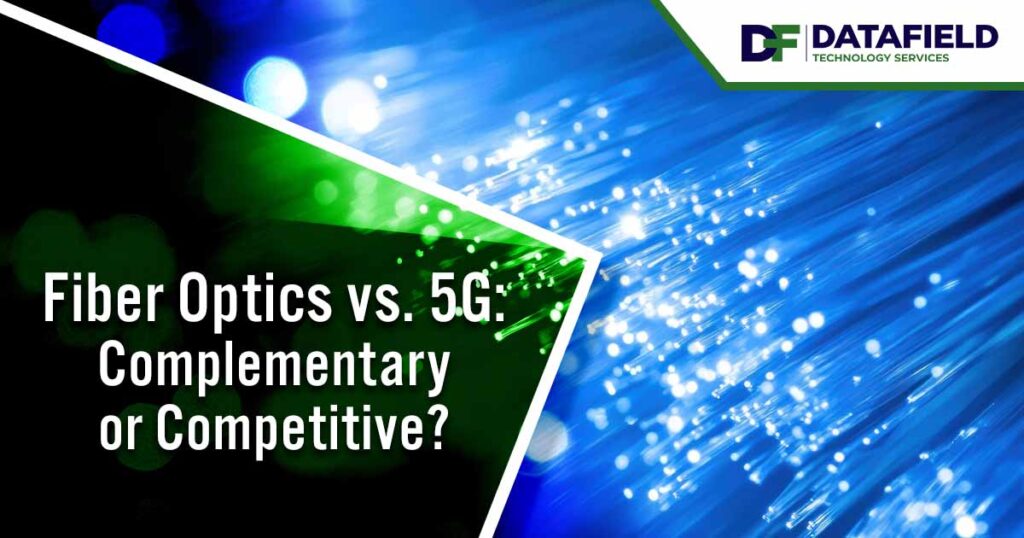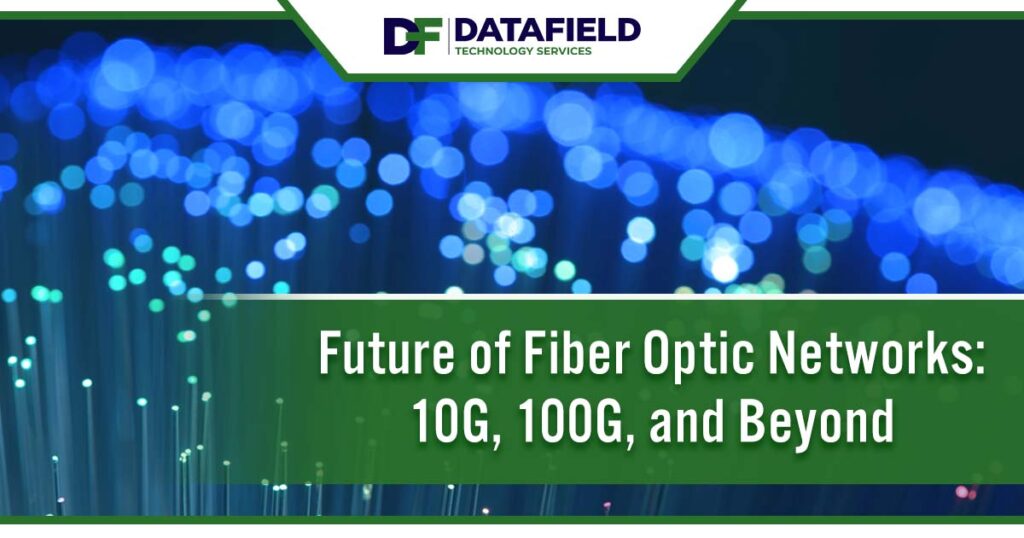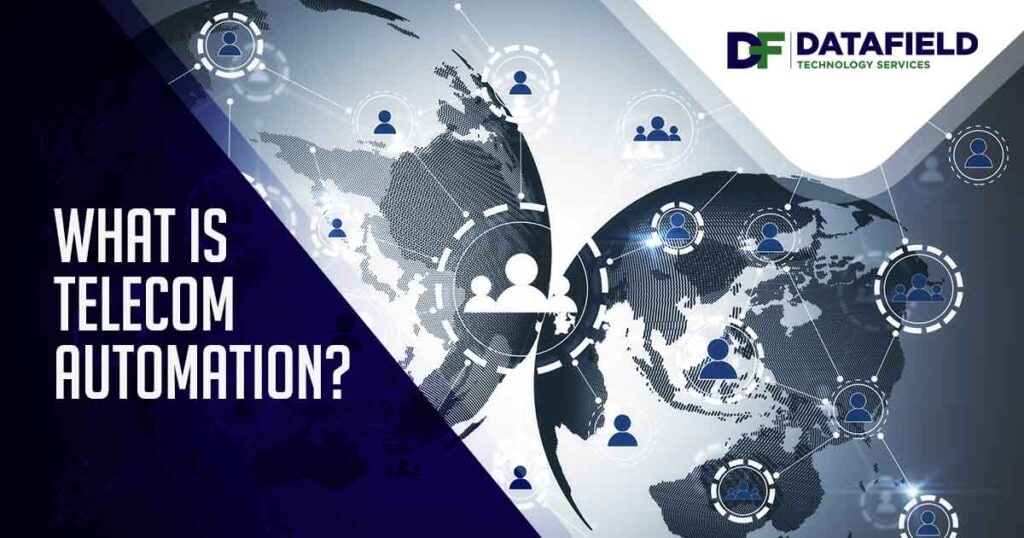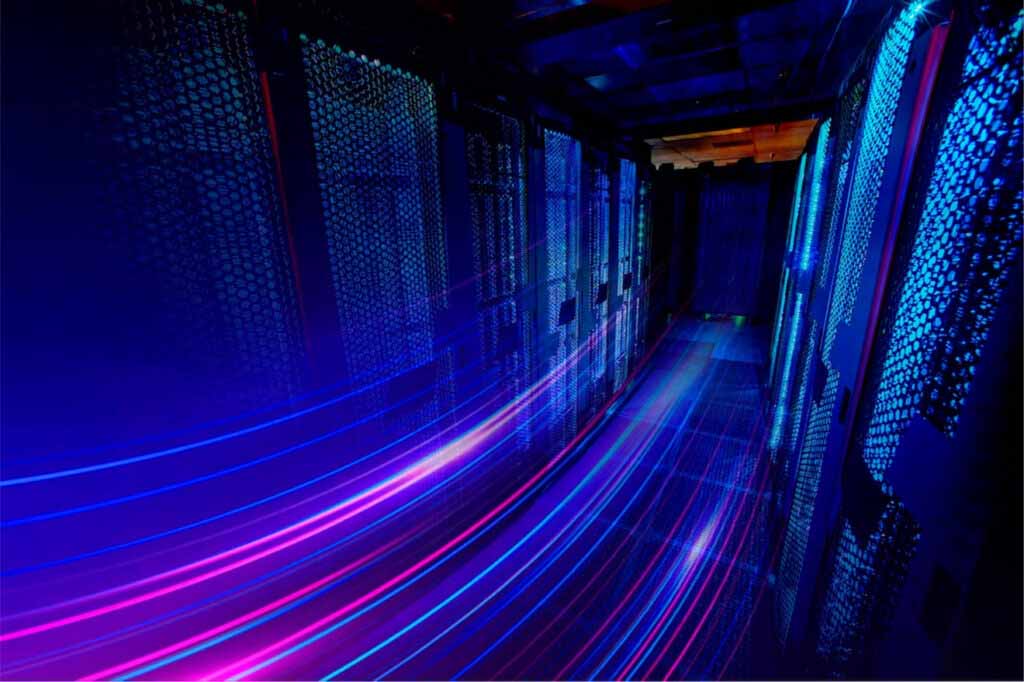Future of Telecom Network Automation

Trends Shaping the Future of Network Automation AI-Driven Self-Healing Networks 6G Networks and Automation The Impact of Quantum Computing on Network Automation How Quantum Computing Could Change Telecom Automation Long-Term Benefits of Full Network Automation The Future of Telecom Network Automation The telecommunications industry is undergoing rapid evolution, driven by the need for more scalable, […]
Fiber Optics vs. 5G – Complementary or Competitive?

As the demand for ultra-fast, reliable connectivity grows, two major technologies dominate the conversation: fiber optics and 5G. While some view them as competing solutions, the reality is that fiber and 5G are interdependent—working together to create the backbone of modern digital infrastructure. Understanding Fiber Optics and 5G What is Fiber Optic Technology? Fiber optic […]
The Future of Fiber Optic Networks: 10G, 100G, and Beyond

Fiber optic technology continues to evolve, pushing the boundaries of speed, capacity, and efficiency. As networks transition from 10G to 100G and beyond, businesses, telecom providers, and infrastructure planners must prepare for the next wave of innovation. At DataField, we explore the advancements shaping the future of fiber optic networks and what they mean for […]
Connecting the World: The Role of OSP Engineers in Telecom Expansion

The telecom industry continues to grow, connecting people across vast distances through an ever-expanding network. Outside Plant (OSP) engineers are at the core of this growth and play a pivotal role in designing, installing, and maintaining the physical infrastructure required for reliable telecom networks. OSP engineers are essential in ensuring that networks can withstand the […]
What is Telecom Network Automation?

Network Automation: Revolutionizing Telecom Networks As telecommunications networks become more complex, the demand for efficiency, reliability, and scalability has grown substantially. Network automation has emerged as a key solution to these challenges, transforming how telecom operators manage and operate their infrastructure. By using advanced technologies like artificial intelligence (AI), machine learning (ML), software-defined networking (SDN), […]
The Impact of Artificial Intelligence on Networking

What Is Artificial Intelligence? Artificial intelligence, or AI, is software that can perform tasks like a human expert would. AI simulates human intelligence in machines and systems, like computers, that have been programmed and designed to think, act, respond, and communicate like a human would. Technological innovation throughout the world is currently being shaped by […]
The Role of Cloud Computing in Telecom

What Is Cloud Computing in Telecommunications? In telecommunications, cloud computing is a software-defined infrastructure that telecom businesses can use to store and process data remotely in data lakes or processing centers. Cloud computing enables various on-demand services accessed through the internet and doesn’t require the user to manage these resources. Cloud communication solutions can quickly […]
The Future of Networking: 5G Technology and Beyond

The rapid evolution of communication networks is transforming how people and businesses connect. At the forefront of this transformation is 5G technology, a next-generation network standard designed to deliver faster speeds, lower latency, and greater capacity. As 5G becomes more widely adopted, it shapes the future of networking and sets the foundation for advancements beyond […]
The Importance of Network Security in Telecom

What Is Network Security? Network security protects the underlying networking infrastructure from unauthorized access, misuse, or theft. Network security involves creating a secure infrastructure that protects all data, devices, applications, and systems linked within the network while allowing all devices, applications, and users to work securely. What Is Network Security in Telecommunications? In the telecommunications […]
The Advantages of Fiber Optic Cables for Telecommunications

What Is Optical Fiber? An optical fiber is a flexible plastic or glass fiber capable of transmitting information with light pulses instead of electrical pulses. This delivers a bandwidth hundreds of times higher than traditional systems. Optical fiber is frequently used by various industries, commercial businesses, governments, and militaries for data, voice, and video transmission. […]

